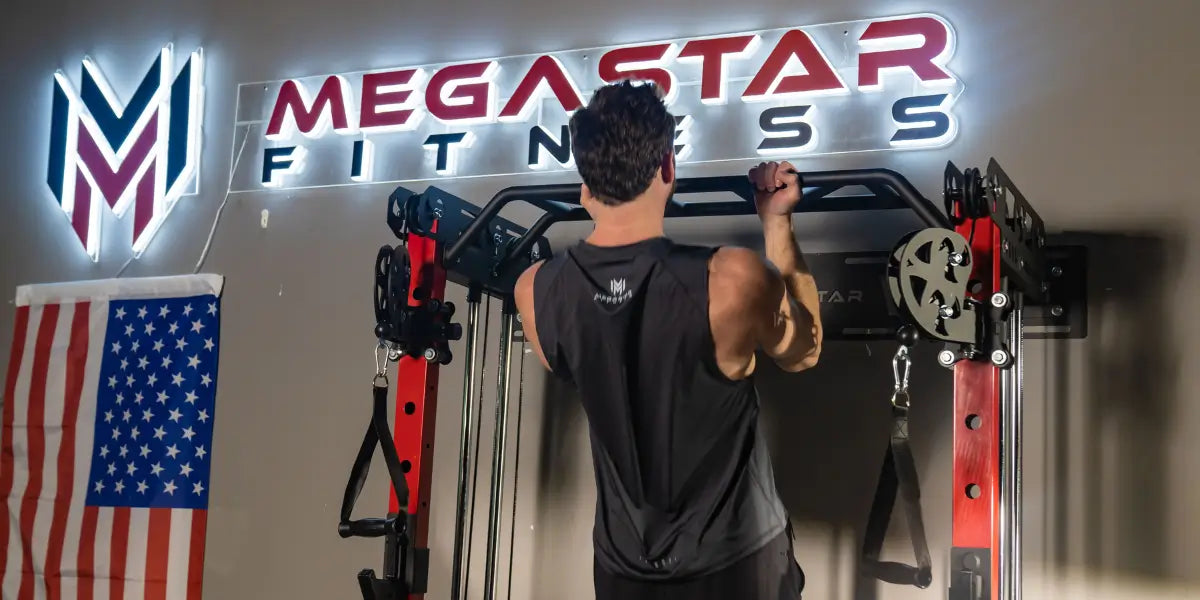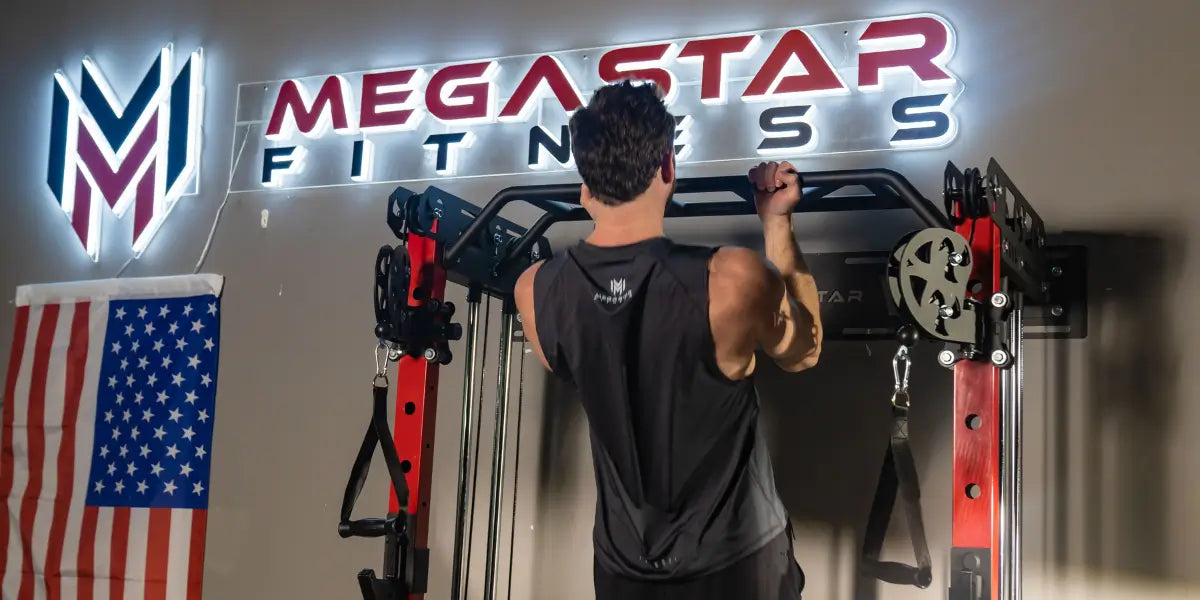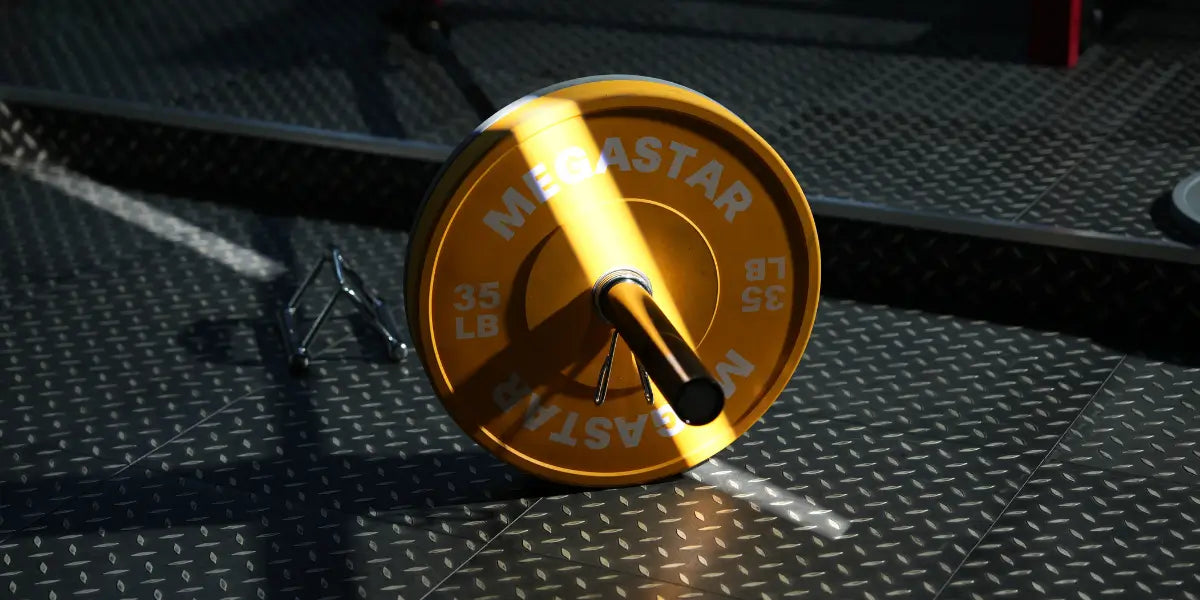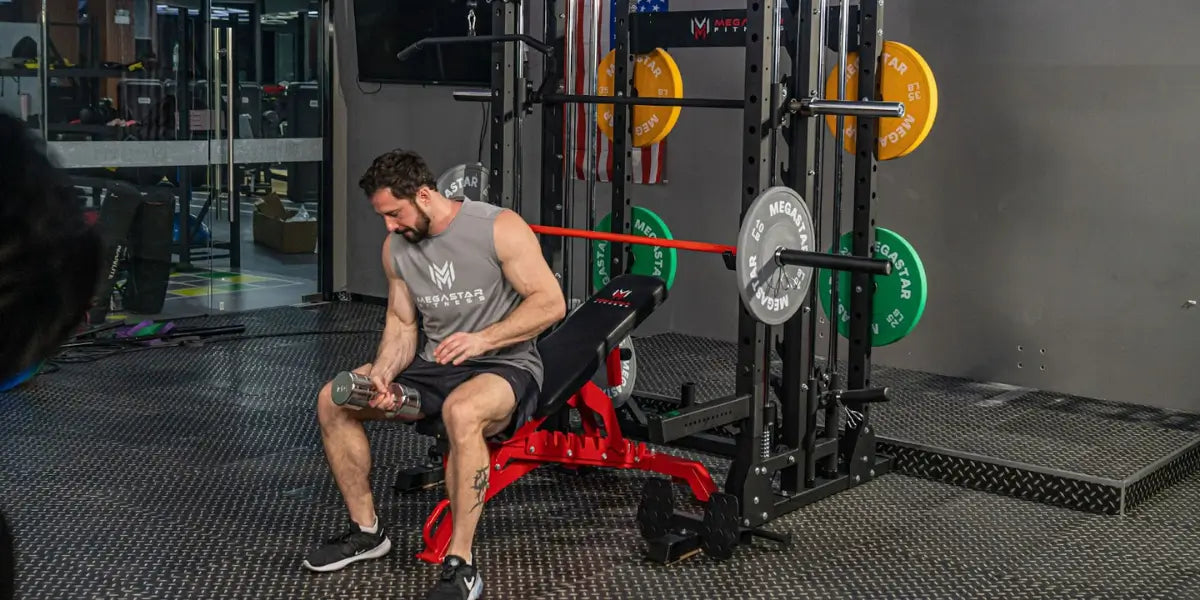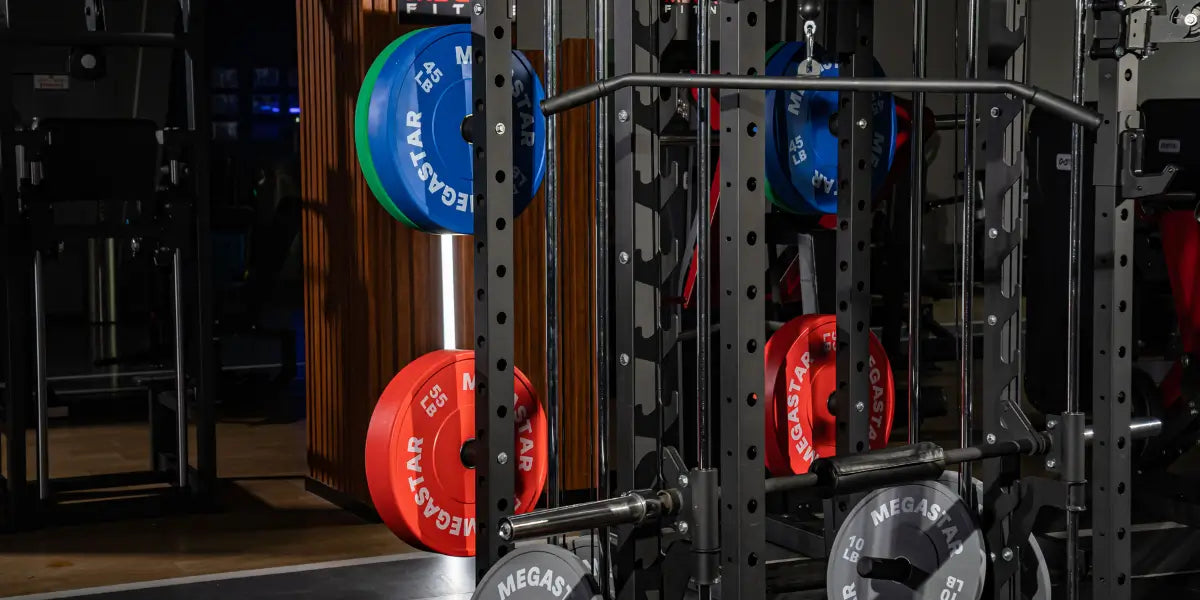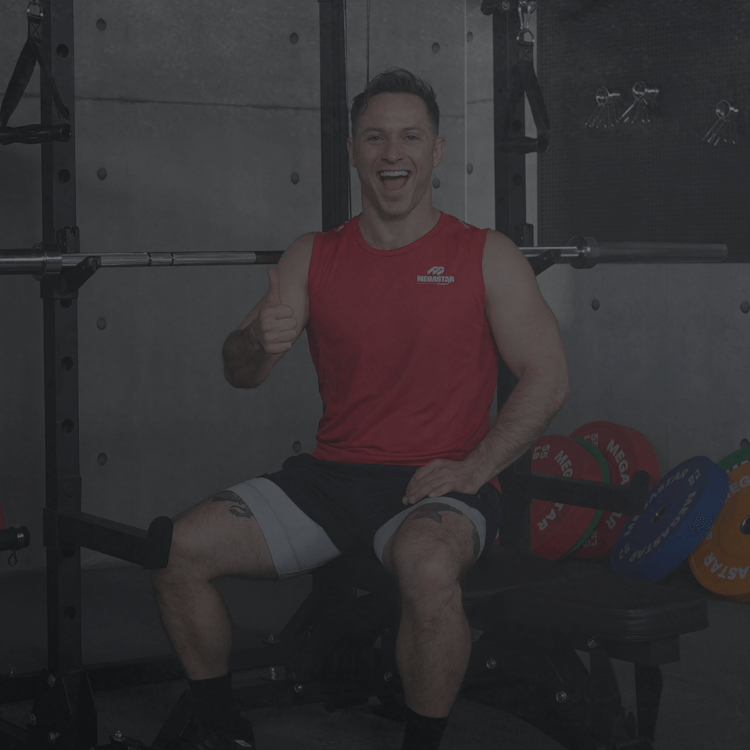If you want bigger legs, you’ll need a barbell and a squat rack. For a strong, wide back, pull-up bars or cables work best. To build your chest and arms, grab some dumbbells, a sturdy bench, and maybe a dip station. Each piece of equipment hits different muscles—use the right tool, and the gains will follow.Let's explore the best equipment for muscle building at home.
What Makes Great Muscle-Building Equipment?
Supports Progressive Overload
"Progressive overload" means gradually increasing the weight or resistance in your workouts. Choose equipment that allows for this. Adjustable dumbbells or a barbell set with a few plates can provide small, manageable increments to support continuous progress.
Prioritizes Compound Lifts
Compound lifts like squats, deadlifts, bench presses, and rows work multiple muscles at once. These exercises should form the foundation of your muscle-building routine, so invest in equipment that supports these lifts for maximum strength and size.
Delivers Stability and Load Capacity
Your equipment should be stable and durable enough to handle heavy lifts. A wobbly bench or a rack with a low weight limit isn’t just inefficient—it’s dangerous. Look for commercial-grade materials and high weight capacities to ensure safety and effectiveness.

Essential Equipment Every Lifter Should Have
Here are the key tools to build functional muscle at home. These are the backbone of any effective muscle-building routine.
Adjustable Dumbbells
Space-saving and versatile, adjustable dumbbells provide a wide range of weights in a compact set. They’re great for isolation exercises like curls or lateral raises, and they can also be used for compound lifts. Choose a model that’s easy to adjust and sturdy enough for heavy lifts.
Barbell and Plates
A home gym is incomplete without a barbell. Olympic barbells (45 lbs) are ideal for heavy squats, deadlifts, presses, and rows. Pair them with bumper or rubber-coated plates to protect your floor. Make sure the bar has a high weight capacity—at least 600+ lbs—to allow for future progress.
Adjustable Bench
An adjustable bench is essential for incline, flat, and decline presses. Choose one with a high weight capacity (600 to 1,000 lbs) and a sturdy build that minimizes wobble. With a solid bench, upper-body training options become limitless.
Power Rack or Half Rack
For safety when squatting or benching heavy weights without a spotter, a power rack or half rack is essential. Look for racks with safety arms or pins and enough room for you to sit inside. Bonus points for models with pull-up bars and plate storage. (If you’re looking for a quality power rack, MegaStar Fitness offers excellent options.)
Pull-Up Bar
Pull-ups and chin-ups are vital for developing back and arms. A pull-up bar, whether wall-mounted, ceiling-mounted, or integrated into your rack, is a must. Choose one with multiple grip options for added variety.
Add-On Tools That Take Your Home Gym Further
Resistance Bands (Heavy Tension)
Heavy-duty resistance bands are portable and take up minimal space. Use them to add resistance to barbell lifts, assist with pull-ups, or warm up. Avoid light bands for muscle growth—they’re best for mobility and recovery.
Kettlebells
Kettlebells are great for dynamic strength and conditioning exercises. While not essential, they are perfect for swings, cleans, presses, and goblet squats. Choose heavier kettlebells (35–53 lbs) to challenge major muscle groups.
Dip Station or Parallel Bars
Dips strengthen the chest, shoulders, and triceps. A dip stand or parallel bars allow for both bodyweight and weighted dips. They’re quick, effective, and a great addition to any home gym.
Pulley or Cable Attachment (If Available)
Cable systems let you perform isolation exercises like tricep pushdowns, lat pulldowns, and face pulls. Some power racks have pulley add-ons, or you can opt for a separate, wall-mounted system. It's a helpful addition but not a must for muscle-building.

Comparison Guide — Choose Based on Training Style
|
Training Style |
Primary Equipment |
Accessory Equipment |
|
Powerlifting |
Barbell, Plates, Full Power Rack |
Flat Bench, Weight Storage |
|
Bodybuilding |
Adjustable Dumbbells, Adjustable Bench |
Cable Machine, Resistance Bands |
|
Functional/Hybrid |
Barbell, Kettlebells |
Pull-Up Bar, Heavy Resistance Bands |
|
Minimalist/Home Setup |
Adjustable Dumbbells, Bench |
Pull-Up Bar |
|
Calisthenics-Based |
Pull-Up Bar, Dip Station/Parallel Bars |
Resistance Bands |
Mistakes Even Experienced Lifters Make with Home Equipment
Even seasoned lifters can make mistakes when setting up their home gym. Here are common pitfalls to avoid:
Skipping the Rack
Many people try to get by with just a bench and dumbbells. However, a rack is crucial for safely progressing in heavy lifts like squats and presses. Don’t skip it.
Overloading on Accessories, Not Foundations
Focusing too much on accessories like ab wheels or curl bars without first securing core equipment like a rack, bench, and barbell wastes money and space. Prioritize the essentials before adding extras.
Ignoring Load Ratings and Stability
That cheap bench may seem like a bargain, but it won’t hold up under heavy weight. Always check load ratings and reviews to ensure the equipment can handle your heaviest lifts safely.
Make Your Equipment Work Harder — Training Tips
The equipment is just the beginning. How you use it matters even more.
Rotate Volume and Intensity Phases
Alternate between high-rep (8–12) with moderate weights and low-rep (3–6) with heavy weights. This keeps your muscles adapting and growing. Make the most of your equipment by varying rep ranges while maintaining good form.
Focus on Compound Movements
Base your program on squats, deadlifts, rows, bench presses, pull-ups, and dips. These exercises promote the most muscle growth and are easily progressed.
Track Everything — Even Accessories
Log your exercises, weight, reps, and sets—this includes band-assisted pull-ups or kettlebell presses. Tracking ensures consistent progress and keeps you accountable.

FAQ: Home Gym Setup for Muscle Growth
Can I Get Big Without a Gym?
Absolutely! With key home equipment—particularly a barbell, rack, and dumbbells—you can build muscle just as effectively as you would in a commercial gym.
Are Dumbbells Enough to Grow?
Dumbbells are highly effective for muscle growth, especially if you have adjustable models that allow you to challenge your muscles with heavier weights.
Why Is a Rack So Important?
A power rack allows you to safely squat, bench, and press heavy weights, even when working out alone. It’s the cornerstone of a serious home gym and enhances training safety.
Final Thoughts
To build muscle at home, all you really need are dumbbells, a barbell, plates, a bench, and a power rack. Pull-up bars and dumbbells complete the setup. Accessories can be fun but shouldn’t replace the basics. With smart training and dedication, your home gym can be just as effective as any commercial gym.

